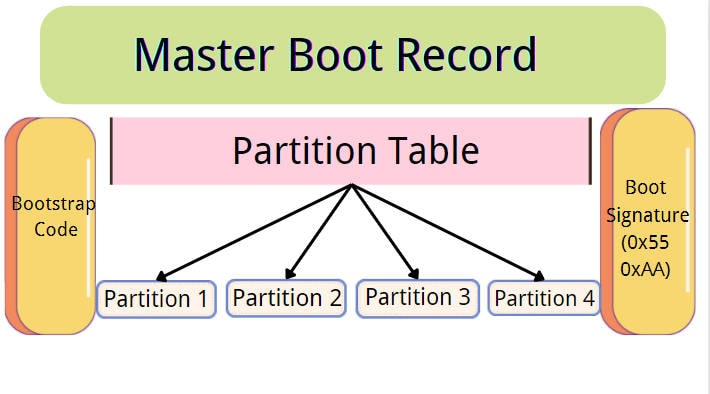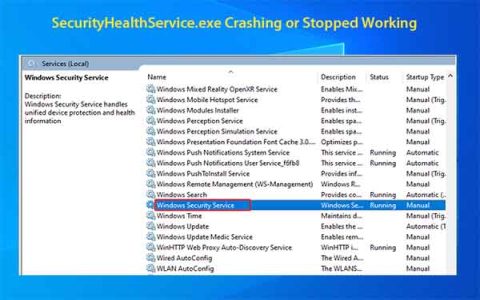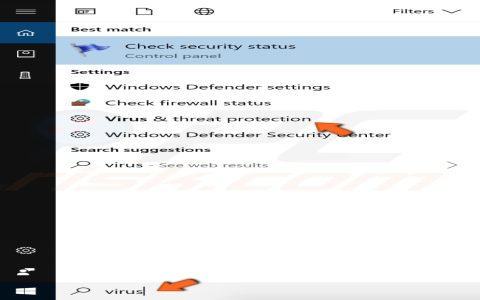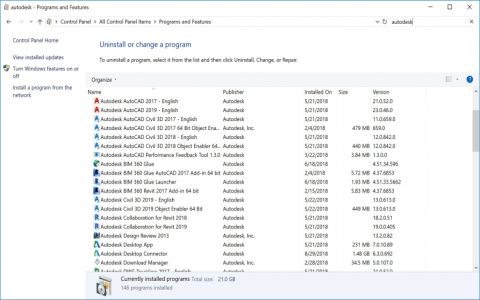Master Boot Record (MBR) and GUID Partition Table (GPT) are two distinct partitioning schemes defining how data is organized on a storage device.
MBR (Master Boot Record)
The traditional partitioning scheme used since the early PC era.
- Location: Stores partitioning data primarily in a small, fixed-size record (512 bytes) at the very beginning of the disk (Sector 0).
- Partition Limits: Supports a maximum of 4 primary partitions. To exceed this, one primary partition must be marked as an extended partition, which can contain multiple logical drives.
- Disk Size Limit: Standard MBR supports disks up to 2 Terabytes (2 TiB). Using 512e or 4Kn sector emulation may allow larger drives, but Windows limits volumes to 2 TiB with MBR.
- Boot Code: Contains executable boot code within its 512-byte area.
- Fault Tolerance: Lacks redundancy. Corruption of the MBR often leads to data loss unless repaired.
- Compatibility: Extremely compatible with all versions of Windows, macOS (Intel only for booting), and Linux.
GPT (GUID Partition Table)
The modern standard designed to overcome MBR's limitations, part of the UEFI specification.
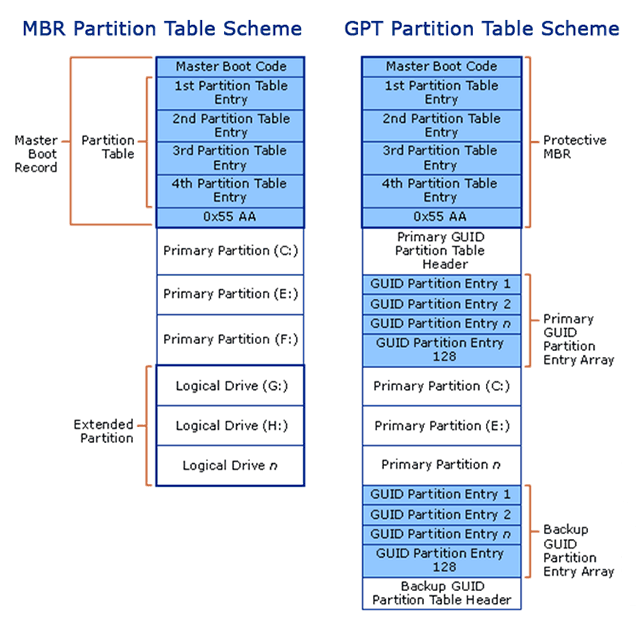
- Location: Stores partition entries in a full partition table array located after a protective MBR. Includes both Primary GPT Header and a backup header/table at the disk's end.
- Partition Limits: Typically allows up to 128 partitions by default in Windows (can be higher in theory). No primary/extended/logical distinction; all partitions are primary.
- Disk Size Limit: Supports enormous disk sizes, theoretically up to 9.4 Zettabytes (ZB). Practical limits are governed by the OS and file system (e.g., exFAT/NTFS support huge volumes).
- Unique IDs: Each partition has a Globally Unique Identifier (GUID) and a recognizable partition type GUID.
- Fault Tolerance: Features redundancy; the primary table is backed up at the end of the disk, allowing recovery if the primary table is damaged.
- Boot Compatibility: Essential for booting modern Windows (11 64-bit requires it), macOS (Intel), and Linux systems using UEFI firmware. Limited BIOS compatibility exists via a protective MBR and BIOS Boot Partition.
Key Differences Summary
Disk Capacity: MBR limited to 2TiB volumes; GPT supports vastly larger volumes.
Partitions: MBR max 4 primary (uses extended/logical for more); GPT supports many primary partitions (typically 128+).
Robustness: GPT stores duplicate partition tables; MBR has a single critical record.
Boot Firmware: MBR is designed for BIOS (Legacy CSM) boot; GPT is designed for UEFI boot (though limited BIOS boot is possible).
Recommendation
Use GPT for all new systems and disks exceeding 2 TiB. It provides critical advantages in partition numbers, disk size support, and data integrity. Reserve MBR primarily for compatibility with older operating systems or booting via legacy BIOS where UEFI/BIOS boot support for GPT is unavailable.
